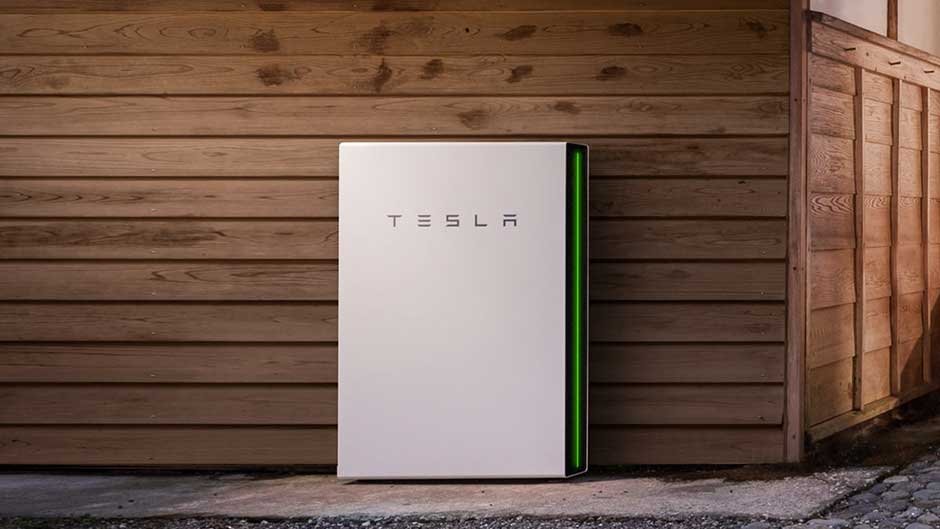The Powerwall is a standout in sustainable energy solutions. It means you don’t have to worry as much when there’s an outage. The guide details the Tesla solar battery’s features, benefits, and installation.
Key Features of The Tesla Powerwall
High Energy Capacity
This high energy capacity suits home power needs, from running essential devices during outages to reducing grid dependence at peak times.
Flexibility in Setup
One noticeable aspect of the Powerwall is how easily it can be scaled up. Homeowners can add multiple Powerwall units to match their homes’ size and energy needs, making it a flexible solution for all homes.
Power Backup
The Powerwall automatically provides backup electricity if the grid goes out. Critical devices like lights, fridges, and medical equipment stay on until grid power returns.
Advanced Monitoring and Control
The Tesla app enables remote system monitoring and control. Users can view real-time energy use, solar production, and battery levels.
Benefits of the Tesla Powerwall:
Energy Independence
Storing and using solar energy with the Powerwall means less reliance on the grid. It promotes self-sufficiency and can lead to significant cost savings, especially where electricity rates are high.
Environmental Impact
The Powerwall helps reduce carbon footprints by increasing renewable energy use. By storing and using solar power, homeowners decrease fossil fuel reliance contributing to a cleaner environment.
Cost saving
The battery can save a lot of money on your electricity bills. During peak hours, when rates spike, you can tap into the stored juice, helping trim down the overall cost. Some utility comps even offer kickbacks and rebates for slapping one of these bad boys on your wall.
Increased Home Value
And get this—having one of Musk’s batteries can boost what buyers pay for your place. Energy-efficient pads with tricked-out power setups are becoming popular, so installing a Powerwall is a solid play for later.
Installation process
Site Assessment
A certified Tesla technician comes to inspect your premises. They’ll assess what you’re working with—how much energy you need, whether you already have solar panels, and where to mount the wall unit.
System Design
After that, they put together a custom plan based on the information they received. That means picking the number of Powerwalls that suit your situation and configuring everything for primetime performance.
Installation
The actual installation itself takes around one or two days. If you splurge, the unit gets mounted on a wall or the ground and hooked into your electrical system and solar panels. The installer will also get the Tesla app ready to rock so you can keep tabs on your battery.
Activation and Testing
Lastly, they test the system and get it officially up and running. After everything’s in place, they fire up and test the system to ensure it works. Whoever installed it will show you how to use the Tesla app and answer any questions about operating your new home battery.
Conclusion
The Tesla Powerwall is changing home energy storage. Its features give freedom from the power company, save money, and help the environment. It offers backup electricity if the grid is out, timed use to reduce rates, and improves solar systems. For any home, it’s adaptable and a great asset. Knowing what it does and how it’s installed helps homeowners decide whether to add it to manage their power. As we shift to sustainability, the power wall will lead the way in transforming how we get, store, and consume electricity in our homes.





